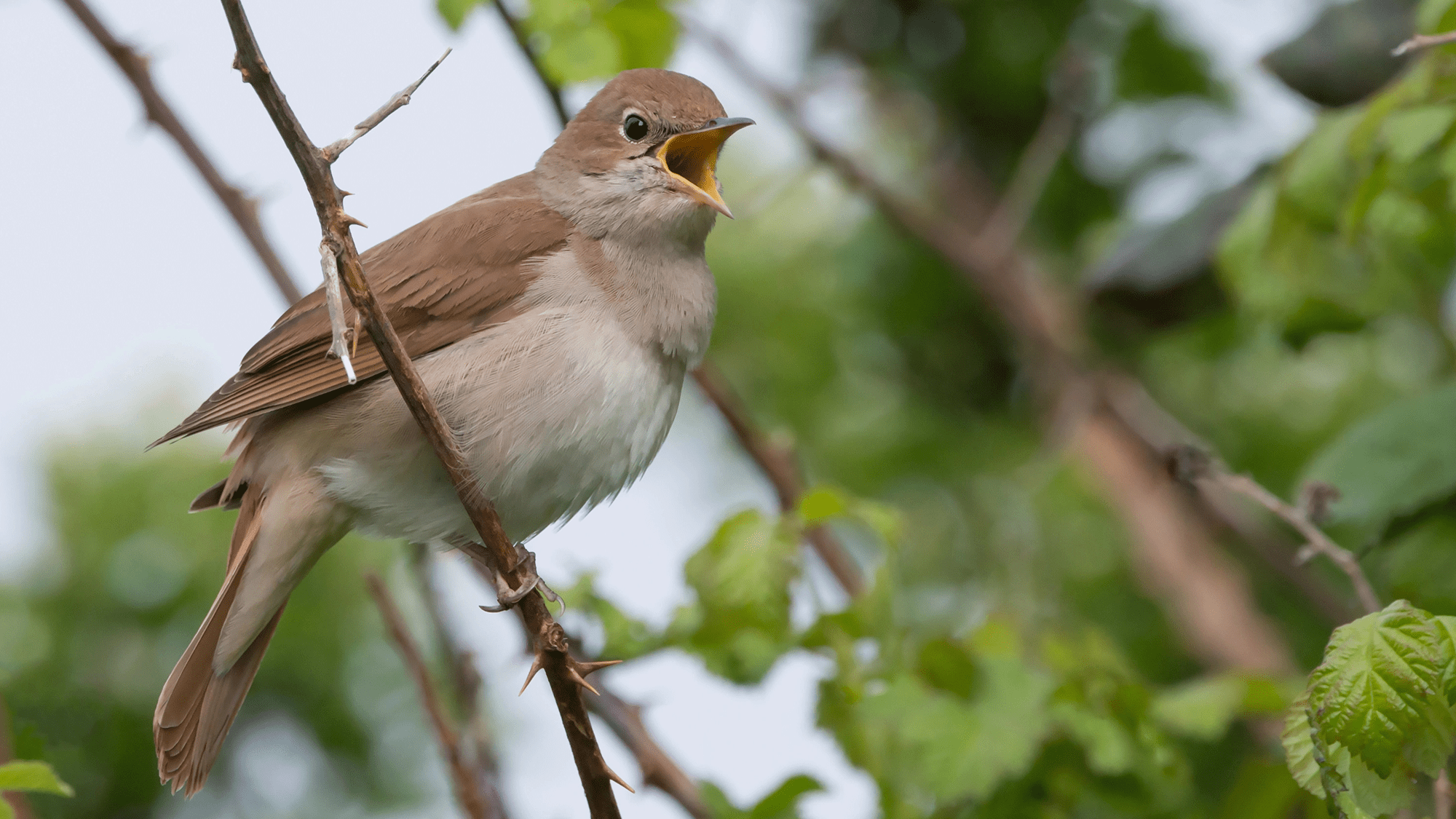The planet’s birds make a lot of different sounds communicating a wide variety of messages. The petite Black-capped chickadee emits a high noise that tells predators to scram. Hungry Pileated Woodpecker chicks will often make a buzzy sound when they are waiting for food. Numerous different species use special songs to find mates and warblers are known to just sing for fun.
While ornithologists, citizen scientists, and birders alike are familiar with this large repertoire, some of the environmental conditions that contribute to these sounds are less understood. To help, a team from the University of Wisconsin-Madison recently used over 100,000 audio recordings from around the world to study some of the factors that influence bird sounds. They found some patterns of how habitat, latitude, beak size, body size, and the landscapes can influence birds to create certain noises and at what frequencies. The findings are detailed in a study recently published in the journal Proceedings of the Royal Society B.
Local to global
Previously, hypotheses regarding the role that beak shape, geography, body size, relationships, and habitat play in bird sounds have been tested at smaller scales. In this new study, the team sought to test these hypotheses and see if they hold up at a global scale. The team analyzed audio recordings of bird sounds that were taken by participants around the world and submitted to an online nature sound repository called xeno-canto. The recordings represented about 77 percent of known bird species.
Habitat and latitude
The team found that habitat appears to influence the frequency of the sound the bird makes in some unexpected ways. In ecosystems where there is a lot of rushing water, there is a near constant level of white noise that occurs at a lower frequency. Here, the team found that birds tend to create sounds at a higher frequency so that the water does not drown out their sounds.
Additionally, bird species that live at the same latitudes make similar sounds. According to the team, observing this pattern at a larger and global scale is a crucial piece of the puzzle of how bird sounds evolved.
[ Related: Scientists simulate calls of ‘future finches.’ ]
Matters of size
Both beak shape and body mass are also important. In general, smaller birds generate higher frequency sounds, with larger birds creating lower frequency sounds. This new analysis proved that this hypothesis is correct, but it also added some additional data about the nature of the relationship between sound, beak shape, and body mass.
Globally, smaller bird species tend to have a wider range of frequencies. They use these sounds as a protection mechanism and smaller and more vulnerable birds can benefit from having such a range of sounds. The higher frequencies can help them communicate with fellow birds of the same species. The lower frequencies can act like a bit of camouflage, potentially tricking predators into thinking that the birds are larger and more formidable than they actually are.
Surrounded by noise
The study also added to a better understanding of the planet’s soundscapes. These make up all of the sounds that can be heard in a particular area of land or sea. Soundscapes are often used in conservation studies, but we still don’t know much about what environmental forces govern them.
[ Related: Why are there so many birds? ]
“In the tropics and all over the world, larger birds tend to be hunted for meat,” study co-author and UW-Madison doctoral student H.S. Sathya Chandra Sagar said in a statement. “Larger birds [tend] to call at a low frequency, and if we don’t find any sound in the lower frequency, we could [conclude] there may be more hunting in this landscape.”
Sagar hopes that this study can be used as a platform for future studies to monitor the health of an ecosystem through soundscapes. He plans to use 24-hour soundscape recordings to understand if some birds will modify both the timing and frequencies of their songs to communicate with their peers in a landscape crowded with noise.

